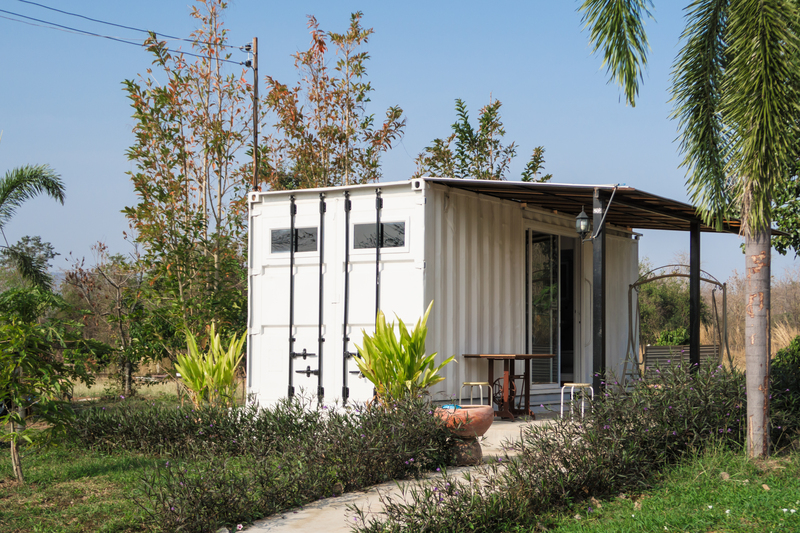Transforming Wood Waste into Valuable Resources
Every year, millions of tons of wood waste are generated worldwide. This substantial resource often ends up in landfills, contributing to environmental pollution. However, by converting wood waste into valuable resources, we can tackle this issue effectively, benefitting the environment and the economy. This comprehensive guide explores the innovative solutions and technologies that are unlocking the potential of wood byproducts, turning what was once waste into sustainable and profitable materials.
Understanding Wood Waste
Wood waste is a byproduct of various activities such as construction, furniture manufacturing, and paper production. It includes a variety of materials, such as sawdust, wood chips, offcuts, pruning remnants, and demolition wood. Knowing the types and sources of wood waste is crucial for developing strategies to reuse and recycle these materials efficiently.
Types of Wood Waste
- Sawdust and Wood Shavings: Often generated in sawmills and furniture factories, these small particles of wood are produced during the sawing and shaping processes.
- Wood Chips: These larger pieces are created during tree trimming and logging activities, often used as mulch or in landscaping applications.
- Offcuts: These are excess pieces produced during the cutting of timber to specific sizes.
- Demolition Wood: Derived from buildings and structures, this type of wood waste can contain treated wood, making it more challenging to recycle.

Eco-Friendly Methods to Recycle Wood Waste
Recycling and reusing wood waste hold immense potential for sustainable development. Below are several approaches to turning wood waste into valuable products:
Producing Bioenergy
One of the prominent solutions is converting wood waste into bioenergy. Biomass energy derived from wood waste is a renewable energy source that can significantly reduce reliance on fossil fuels. Industries utilize technologies such as pyrolysis, gasification, and combustion to generate heat and electricity, which efficiently transforms wood waste into energy.
Industrial Uses of Recycled Wood
- Particleboard and Fiberboard: Wood byproducts are crushed and bonded with resins to create engineered wood products like particleboard and fiberboard, widely used in flooring, furniture, and building applications.
- Pulp and Paper Production: Recycled wood fibers are used in the production of paper and cardboard, reducing the need for virgin wood and conserving forests.
- Composite Materials: Combining wood waste with plastics or metals results in durable, lightweight composites used in automotive, marine, and aerospace industries.
The Role of Technology in Wood Waste Transformation
Emerging technologies are paving the way for more efficient wood waste recycling and utilization methods. By employing these advancements, we can enhance the recovery of valuable resources while minimizing environmental impacts.
Biochemical Conversion
The use of enzymes and microorganisms in breaking down wood waste into sugars and biofuels is a significant advancement in biochemical conversion processes. Techniques such as enzymatic hydrolysis allow for the production of bioethanol, an eco-friendly alternative to gasoline. This method harnesses wood's cellulose and hemicellulose content, turning them into fermentable sugars.
Pyrolysis and Gasification Technologies
Through innovative technologies like pyrolysis and gasification, wood waste can be transformed into valuable gases and liquids. Pyrolysis involves heating wood waste in an oxygen-free environment to produce bio-oil, charcoal, and gas. Meanwhile, gasification exposes wood waste to controlled quantities of oxygen and steam, resulting in syngas--a mixture of hydrogen and carbon monoxide.

The Environmental Impact of Wood Waste Recycling
Recycling wood waste not only unlocks economic benefits but also fosters environmental conservation. Here are several ways in which wood waste transformation positively impacts our planet:
- Reduction of Landfill Waste: Diverting wood waste from landfills decreases methane emissions, a potent greenhouse gas, and minimizes the land required for waste disposal.
- Forest Conservation: By optimizing the use of recycled wood, the demand for virgin timber is reduced, aiding in the protection and conservation of natural forests.
- Carbon Sequestration: When wood waste is used in long-lasting products, it acts as a carbon sink, trapping carbon dioxide that would otherwise be released into the atmosphere.
- Energy Efficiency: The bioenergy produced from wood waste provides a sustainable alternative to coal and oil, helping reduce the carbon footprint of energy consumption.
Challenges and Future Trends in Wood Waste Utilization
Despite the incredible potential of turning wood waste into valuable resources, there are inherent challenges that need to be addressed:
Contamination and Sorting
Wood waste can be contaminated with chemicals, metals, and other non-organic materials, complicating recycling efforts. Advancements in sorting and decontamination technologies are crucial to overcoming this challenge and ensuring high-quality recycled products.
Scaling Up Technologies
While many technologies exist, scaling them up for industrial use remains a hurdle. Investments in research and development along with government support can play vital roles in promoting large-scale adoption of wood waste recycling methods.
Integration with Circular Economy
Integrating wood waste transformation into a circular economy is fundamental for future success. Establishing closed-loop systems where wood waste is continuously reused in manufacturing cycles ensures resource efficiency and sustainability.
As innovation and environmental consciousness continue to grow, the strategies for converting wood waste into valuable resources are becoming increasingly feasible and impactful. Sustainable practices in wood waste management not only contribute significantly to environmental conservation but also provide businesses with opportunities for profit and growth. By embracing these methods, we can achieve a harmonious balance between economic development and ecological preservation.